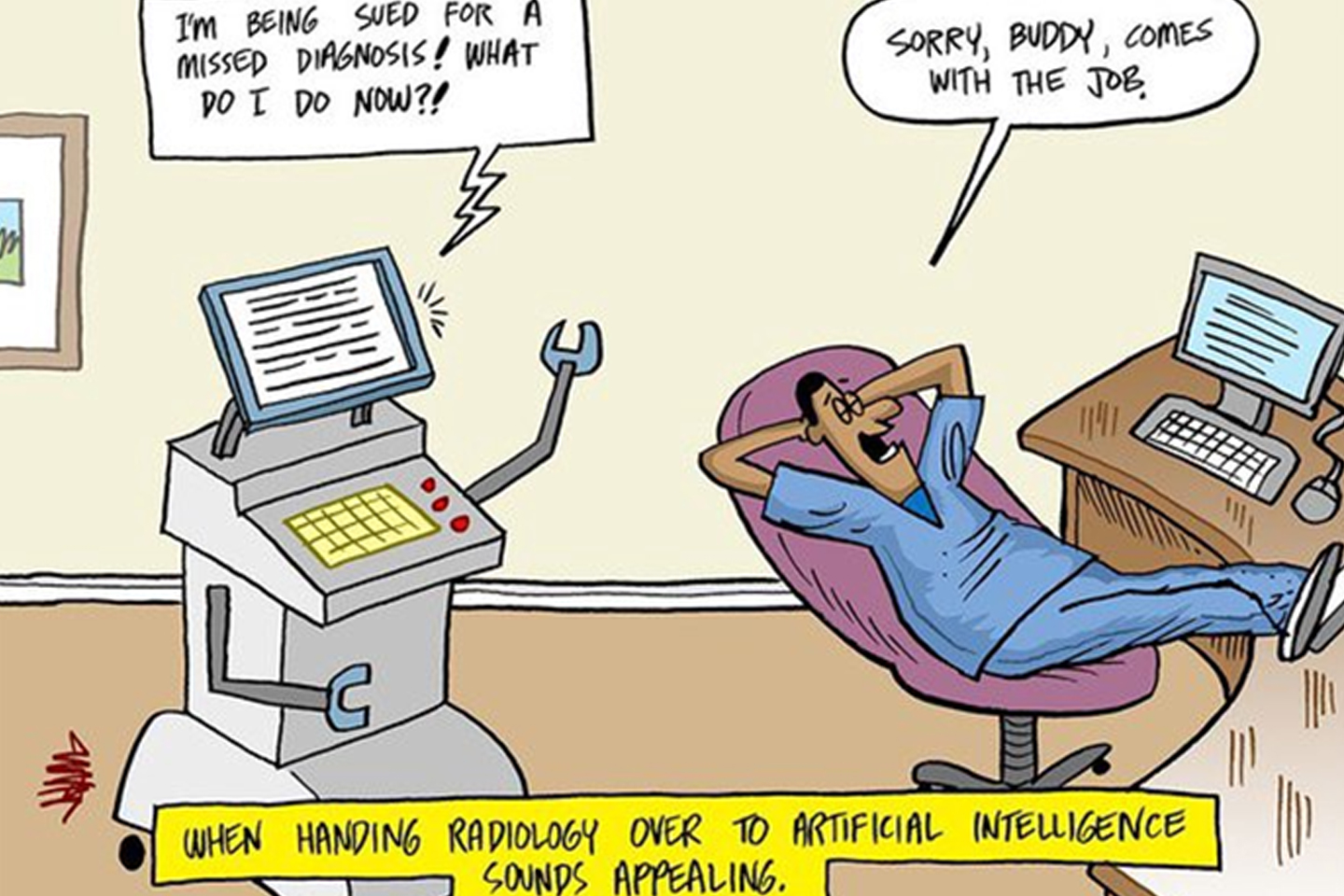How AlphaFold can be used to study diseases
Inside every cell of your body, billions of tiny machines are hard at work. They carry oxygen in your blood, let your eyes detect light and even help your muscles move. These machines are proteins, and they underpin every biological process in every living thing.
Each protein has an intricate 3D shape that defines what it does and how it works. We know of over 200 million proteins, but only know the exact 3D shape of a fraction of these. Unravel a protein and you’ll see it’s like a string of beads made up of 20 different types of amino acids. Interactions between these amino acids make the protein fold as it finds its shape out of almost limitless possibilities.
For decades a community of scientists have been working on a way to figure out a protein shape just from its string of amino acids. This is a major challenge in our understanding of biology. So, DeepMind’s created an AI system to solve this problem called AlphaFold.
It is trained on the sequences and structures of about a hundred thousand proteins painstakingly mapped out by scientists around the world. Today it can accurately predict a protein's shape just from its sequence of amino acids.
AlphaFold’s predictions could enable progress in all sorts of areas. Imagine a future where we can understand diseases more quickly and develop drugs to fight them. Or one where we could use enzymes to break down plastic waste or even to capture carbon from the atmosphere; all with the help of proteins.
We can see the impact of DeepMind’s use of AI to tackle diseases in the present day through its involvement in the pandemic. AlphaFold has been able to predict the structures of six proteins in the SARS-CoV-2 virus genome - this would help in our understanding of the virus and could help in the preparation against future disease outbreaks. DeepMind’s even announced its partnership with the Drugs for Neglected Diseases initiative (DNDI) to treat Chagas disease and Leishmaniasis, to help tackle deadly parasitic diseases in the developing world.
There’s a lot more work to be done in unlocking the shapes of these building blocks which would help scientists better understand the natural world and revolutionise the study of diseases.

